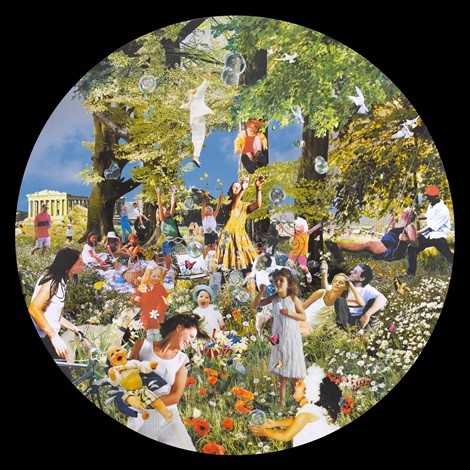Death and Resurrection
Continuing our online tour of the Cathedral's 800th anniversary exhibition, this week we are looking at the Easter themes of death and resurrection.
Hanging above the place where the clergy usually stand to conduct the first half of the Sunday morning Eucharist, we find Marzia Colonna’s Crucifix. During its time in the cathedral, however, it has been positioned (as in this picture) in various places, especially during Lent and Holy Week. It seems to represent the moment of Jesus’ death. The head hangs down rather than looking out at the crowds around the cross.
The emaciated body seems to bear signs of being scourged. The body hangs from the cross, with the arms stretched above Jesus’ head, unlike other representations where the arms are in parallel to the cross beam and seem to be stretched out in a form of embrace.
This is Christ the victim, the defeated Christ, the Christ abandoned to the worst that can be done to him. Does this represent what we can do to God and his world? It is reminiscent of those words from the book of Lamentations, ‘Is it nothing to you, you who pass by...?’
There are no works of art in this exhibition relating to the Resurrection, there are however, several works which raise all sorts of questions about what it means to be human. There are also two works related to arriving at the gate of the Kingdom and the experience of heaven.
In the circumstances of the present time, both these themes are even more relevant than usual. In her column in the Church Times this week, Angela Tilby has raised the question about what the Church of England may or may not be saying about death, and also the fact that, as the Pope recently put it, ‘With God, life never dies.’
At Easter we are called to give account of our hope in life that never dies.
In the exhibition are 4 collages by David Mach, '4 x Heavens'. They were made to be part of an exhibition of works inspired by the King James Bible, and yet Mach’s versions of heaven are very unlike anything we might find in the Bible. How this ‘works’ in a cathedral is complicated. Artists who seek to portray what is beyond this world, are always involved in contradiction: they are making what we cannot see, visible. Here, heaven is brought down to earth.
We are given ‘action-packed’ images of sheer human happiness. CS Lewis in The Last Battle presents heaven as the final gloriously real reality of which this world is only a pale reflection. Mach presents a heaven which has something of that quality. And yet where, we might be left asking, is God in these pictures?
Is he, perhaps, to be thought of as the source of these images of human happiness and somehow present in them? Biblical images of heaven are centred on God, creator and redeemer, and on a final encounter with the source of all life, goodness, truth and beauty.
All talk about death and beyond has to start with Paul’s simple statement in 1 Corinthians 13, ‘Now we know in part then we shall know fully even as we have been fully known.’ Mach’s collages are a representation of what may come after that encounter, images of unfettered joy when we can truly be ourselves.
Document Actions



